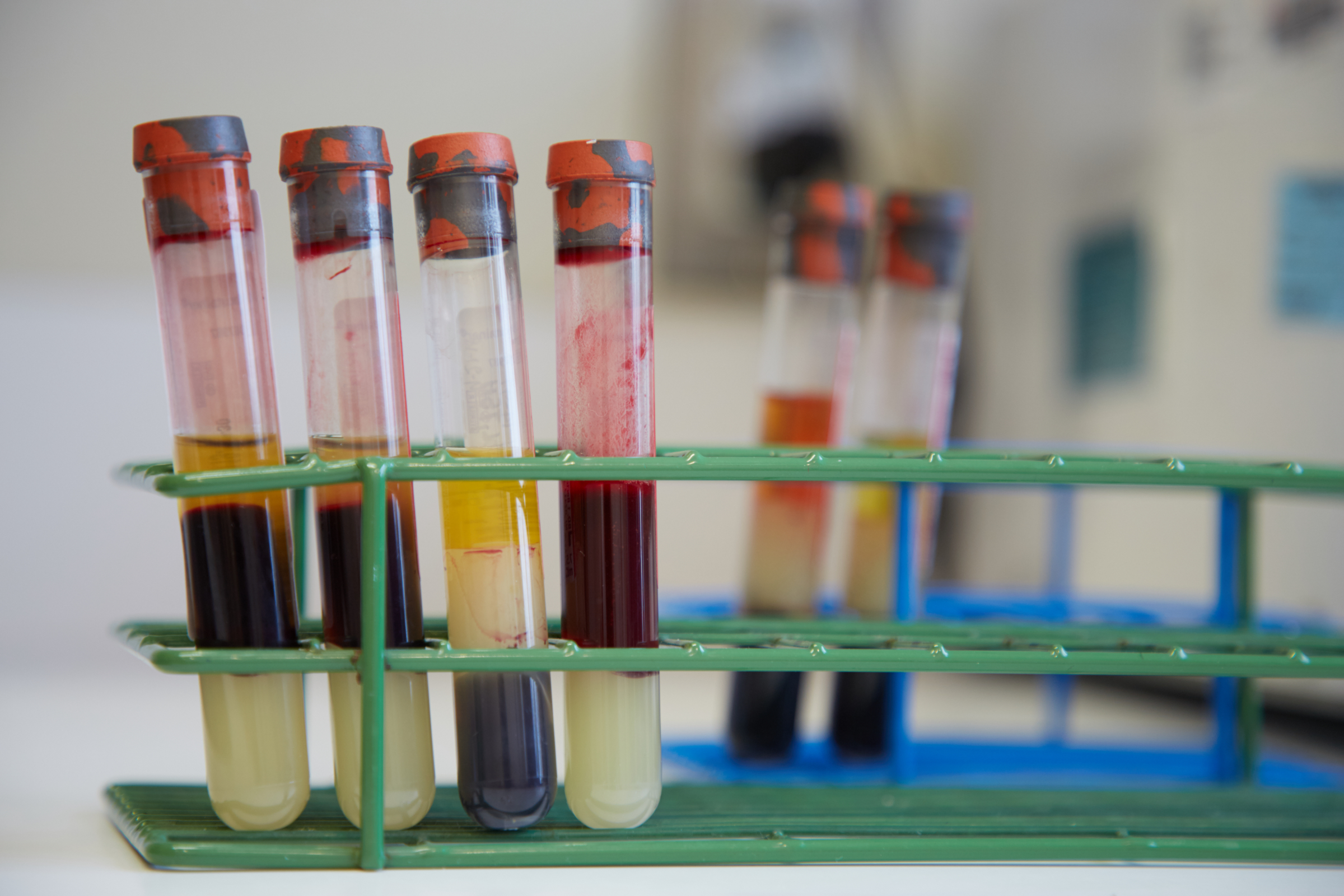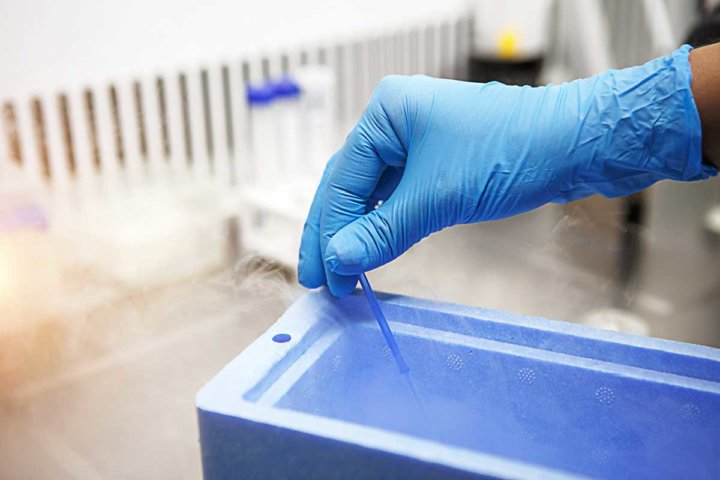If your physician needs to know if your fallopian tubes are partly or fully blocked, he/she may recommend a hysterosalpingogram, or HSG. GENESIS patients have this specialized test done in the same building as our main office, by one of our own physicians.
An HSG is an x-ray procedure used to view the inside of the uterus and fallopian tubes. It can show if the inside of the uterus is a normal shape and size. It can also show if there is anything inside the uterus that would prevent an embryo from implanting.
Many patients are worried about the procedure; but afterwards remark that it wasn’t nearly as bad as they feared. Since knowing what to expect can help alleviate some fear, watch Dr. David Kulak give a quick tour of the procedure room, as he explains an HSG step by step.

The HSG procedure
During an HSG procedure, a small thin catheter is inserted into the uterus, which allows the physician to put the fluid in. The fluid flows through the uterus, through the fallopian tubes and out into the abdomen. Although the fluid is clear, it is actually a dye that shows up bright on the x-ray.
The whole procedure is over in about five minutes; and patients have their results immediately.
Is it painful?
Usually an HSG is no more painful than bad period cramps or an intense pap smear. Depending on how much the fallopian tubes are blocked, this may cause more discomfort. Taking over-the-counter ibuprofen beforehand can lessen any suffering.
Can I get pregnant after an HSG?
If the fallopian tubes are only mildly blocked, it’s possible that the test can open up the tubes enough for a natural pregnancy. Although this is the case for a small percentage of patients, it happens often enough to make the procedure therapeutic, as well as diagnostic. Since the goal is pregnancy, it’s always a very happy surprise.
If you would like to learn more about GENESIS Fertility New York or are ready to schedule an appointment, please speak with one of our representatives at 929-605-5467.




